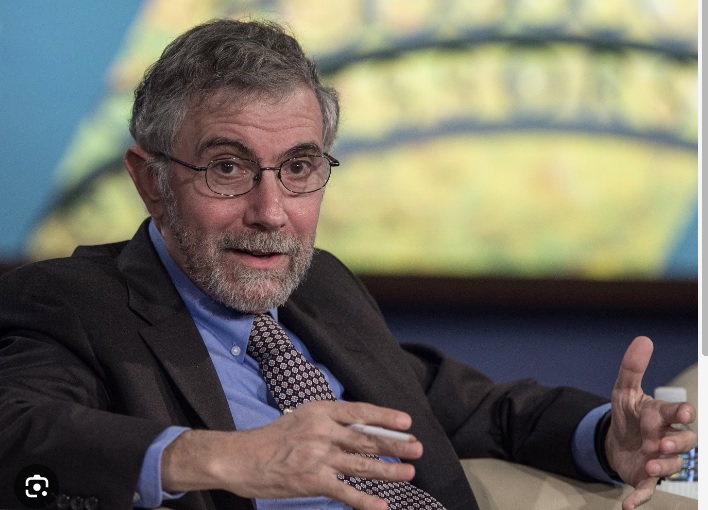How can central banks contribute to the fight against inflation?
Inflation has come down in most G10 countries, but central banks have not caused it. This may seem controversial argument but it is not really.

US economist Paul Krugman
Central banks don’t usually contribute to falling inflation, at least in the early stages of the tightening cycle, and particularly if inflation is caused by some unanticipated shock like a pandemic or a war-induced surge in energy prices. Instead, central banks come into their own as they boost rates to ensure that the rise in inflation that has occurred does not lift inflation expectations and, if they can do that, then they have a positive part to play in reducing inflation.
US economist Paul Krugman argued recently that the Fed has not lowered inflation for two reasons. The first is that central banks work to reduce inflation by slowing the economy and forcing the unemployment rate up. But it has not risen in the US from the time the Fed first started to hike. Incidentally, it has not in many other places as well, such as the euro zone, suggesting that the ECB has not been responsible for the fall in inflation here either.
The second argument from Krugman is that the fall in inflation to date just reflects an unwinding of many of the factors that caused the initial rise in prices. For instance, the pandemic led to a surge in housing demand and hence higher rents, which eventually pushed up the CPI (rents tend to impact the CPI with a considerable lag as it takes time until rental contracts to be renegotiated). But now, with the housing market weaker and rents slipping, this component of the CPI is helping to lower the annual rate of inflation.
So, is Krugman right? While he is right, the Standard Bank’s view is that this is not just an idiosyncratic feature of this particular cycle. Instead, this is how monetary policy and disinflation usually work. For instance, if we look at Fed tightening cycles over the past forty years, or more, we see that the most common gap between the first Fed rate hike and the start of a rise in the unemployment rate is around three years. On this basis, we should not expect to see the unemployment rate rise until around the spring of 2025!
As far as we can see the only thing unusual about the current tightening cycle so far is that it has occurred when the unemployment rate is well below the Fed’s estimate of the full employment rate, and that might be the reason why inflation has appeared quite stubborn.
On the second issue, it is true that the early stages of disinflation often just reflect an unwinding of the factors that caused the original inflation. A good example of this, particularly in Europe, is that inflation has come down because the surge in energy prices caused by the conflict in Ukraine has unwound. This creates not just a helpful base effect but also extra disinflation as energy prices have fallen. It seems hard to give central banks credit for any of this decline in inflation.
As Krugman admits though, central banks have still been correct in hiking rates even if they can’t be credited with the fall in inflation so far. This is also true. Economics is a social science, not a physical science, which means that we do not have the equivalent of the ‘control sample’.
In other words, we cannot investigate what would have happened if interest rates had been left unchanged. We dare say that everyone would claim that inflation would be higher than current levels in this case and hence it would be churlish to deny that central banks have had a positive role in the disinflation process. The question for the future is as follows. If you accept that much of the disinflation has come through before monetary policy has really had its effect, then should central banks stop now because they risk overkill.








